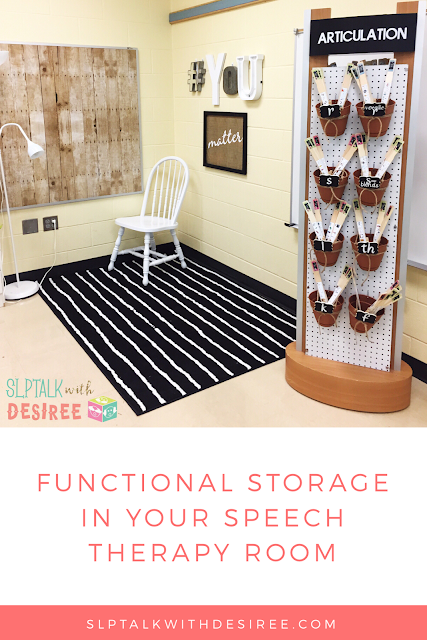Guest Blog Post by Rosemarie Griffin
Working with
students with autism or other complex communication disorders can be
overwhelming. With the prevalence of autism spectrum disorders being 1 in 68 children,
we as speech language pathologists are responsible for helping these students
find their voice. As
clinicians, we provide the critical guidance that helps students identify,
acquire, and use a functional response form.
When we have a
student who is non-verbal or limited verbally working on direct instruction of
manding or requesting skills is needed. Sometimes a goal for manding is not
created, as many of the standardized tests that we use in the field do not test
this area of language. Before we discuss strategies for incorporating manding
into your student’s day, we first need to outline what manding is exactly.
Manding. A
mand is a request. This chart
explains this concept more in depth.
ANTECEDENT
|
BEHAVIOR
|
CONSEQUENCE
|
Motivation
|
Verbal
response
|
Specific
to the learner’s motivation
|
After seeing a cookie Saying
“eat cookie”
Wanting to play iPad Saying “iPad”
Seeing a book you like Saying “read book”
Wanting a drink Saying
“drink”
Seeing a ball Saying
“let’s play ball”
Below
is a detailed explanation of what a structured manding session might look like
for a student using an AAC device.
Background:
The teacher is working with a middle school student who
is a very early learner. He has not had access to a robust education program,
so he is working on acquiring a functional response form. He is currently using
a picture exchange system. He is working on using one picture to request wanted
items and actions: he takes the desired picture off of the correct category
page, puts it on the velcro phrase strip on the front part of his book, and
hands it to the teacher.
The manding session takes place at the start of his
time spent working one on one with his teacher. The teacher has in her
possession some of his favorite things: DVD player, chips, Pete the Cat book,
Gatorade, and a slinky.
Manding Session:
Student: Puts his picture book onto the table. Puts the
picture of Gatorade on the sentence strip of his picture book and hands it to
the teacher.
Teacher: “Yeah, let’s get you some Gatorade.” Pours a
small amount of Gatorade into a cup and hands it to the student.
Student: Drinks the Gatorade. Hands the sentence strip
with the Gatorade icon on it to the teacher.
Teacher: “Drinking Gatorade.” Pours another small
amount of Gatorade into a cup and hands it to the student.
Student: Tries to reach for the slinky.
Teacher: “You want the slinky.” Goes to the toy page in
the book and points to the picture of slinky.
Student: Grabs the picture, puts it on the phrase strip
and hands it to the teacher.
Teacher: “Here is the slinky.”
Student: Plays with the slinky for 30 seconds.
Teacher: Presents the student with the Pete the Cat
Book. “I have Pete the Cat.”
Student: Continues to play with the slinky.
Teacher: “Oh, you want to play with the slinky some
more.”
Student: Plays with the slinky for 30 more seconds.
Goes to the food page in his book, selects the chips picture, puts it on the
phrase strip and hands it to the teacher.
Teacher: “Chips.” Gets a plate and gives the student 3
chips.
Student: Eats the chips. Hands the phrase strip to the
teacher again with the word chips on it.
Teacher: “Eating chips.” Hands the student more chips.
Student: Points to the DVD player.
Teacher: Because this is a new mand for the learner,
shows the student where this is located in the book and points to the correct
photo.
Student: Puts the DVD picture on his phrase strip and
hands it to the teacher
Teacher: “Let’s watch a movie.” Student and teacher
watch 2 minutes of his favorite movie.
No matter your student’s age, if they are
limited verbally direct instruction with manding is essential. Helping others
find their voice is such hard and rewarding work. I hope that when you
encounter a student at this language level that you will work directly on
manding.
Rosemarie
Griffin is a speech language pathologist, board certified behavior analyst and
product developer. She is the creator of the Action Builder Cards. To learn
more about this manding or to gather information about using applied behavior
analysis to help students increase their communication skills, check out her
website www.abaspeech.org or like her facebook
page here: ABA SPEECH ON FACEBOOK.





























